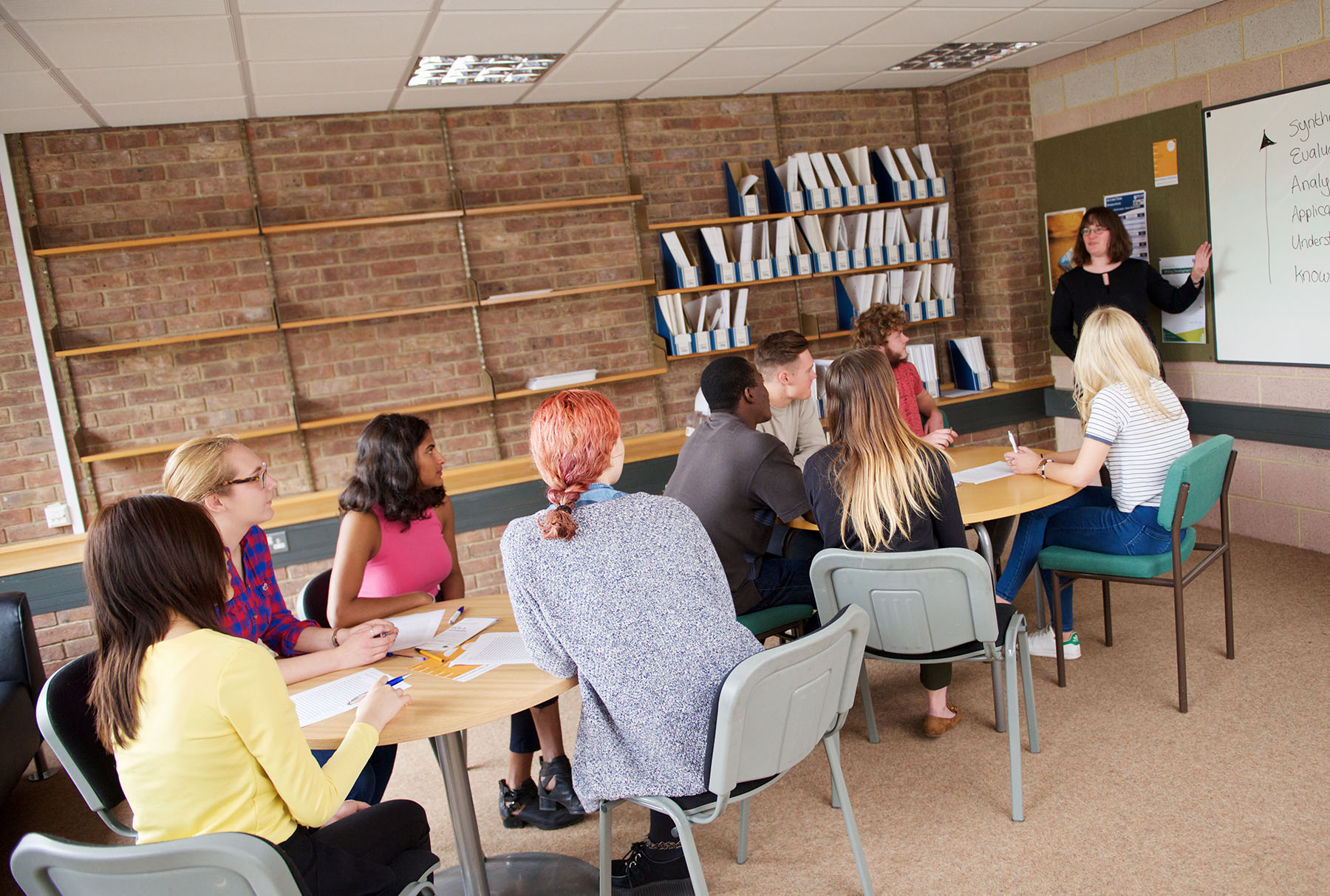Supportive Practice Tool
NEW: A vision for education and skills at Newcastle University: Education for Life 2030+
The Supportive Practice Tool is an at-a-glance resource that aims to support inclusive practice in the University setting. The tool manages this by providing education on some of the most common features experienced by students and offering evidence-based recommendations to support inclusive practice.
The tool has been developed from the findings of a research project called 'Supporting Inclusive Teaching Practice in a UK Further and Higher Education Context'. The tool and research process, was described in a video presentation at Newcastle University's Learning and Teaching Conference 2021; see the talk entitled 'Supportive Practice Tool, Kevin Johnson'.
Please click on a feature below to learn more.
